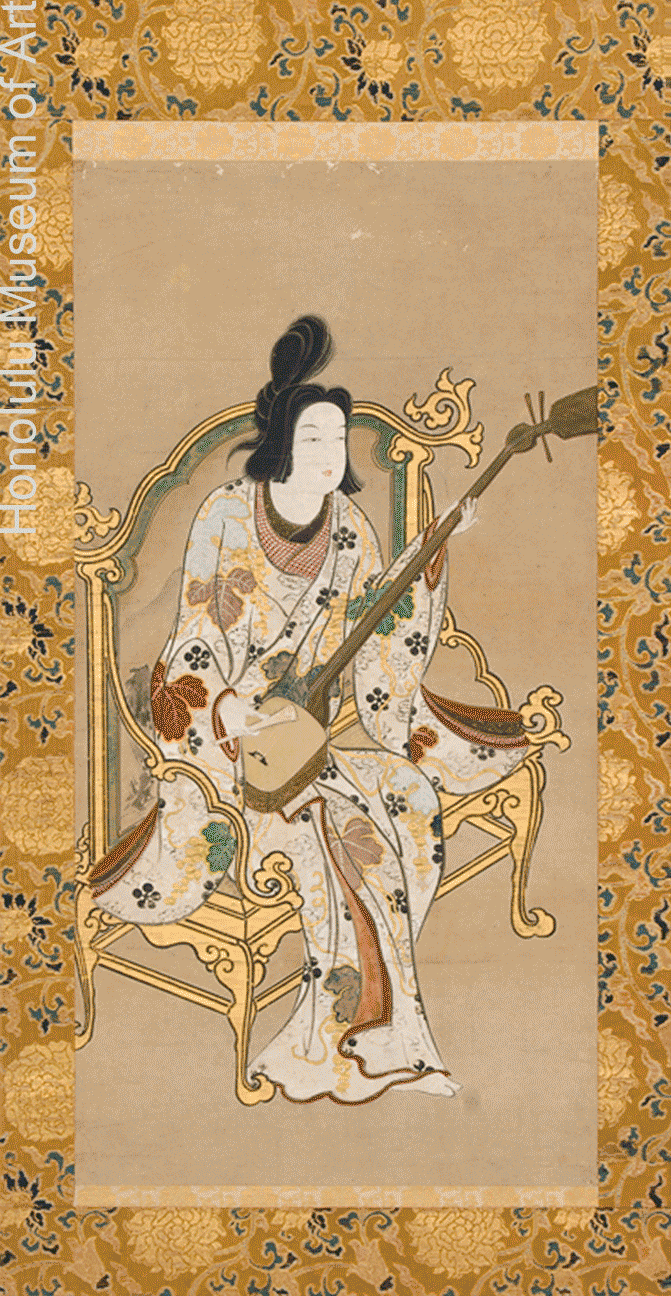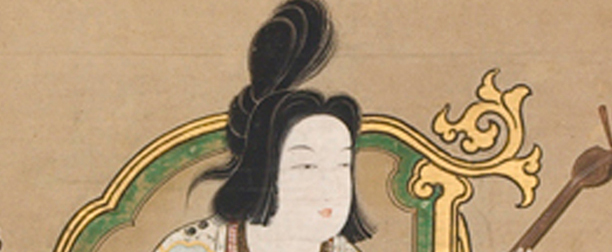 |
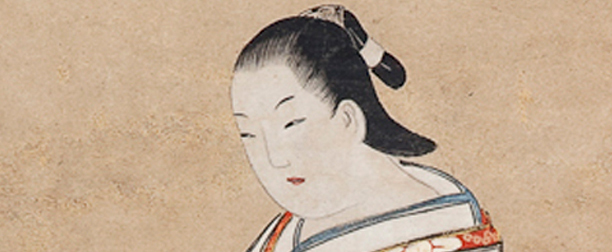 |
 |
 |
 |
 |
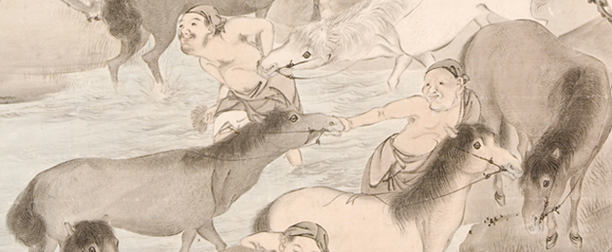 |
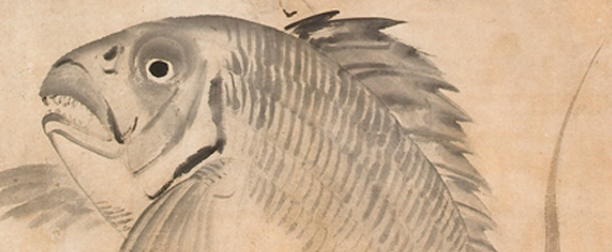 |
These words by Gotō Shūgai (1886–1979), a 20th-century Japanese painter, reflect the popular understanding of how the art historical field in which he worked had evolved up until then: a single, codified style was accepted as tradition for several centuries until finally, spurred by their exposure to western modernism, artists abandoned their cultural heritage and chose in its place a radically individualistic approach to image-making. Though the influence of westernization during the Meiji (1868–1912) and Taishō (1912–1926) periods cannot be overstated, the stylistic development of Japanese painting over the previous centuries was in fact far more complex than this. In particular, the Edo period (1615–1868) was a time when, amidst the relative political stability offered by the military government, creative individuals explored a wide variety of approaches to painting, some rooted in traditions originating in mainland Asia, others inspired by western art, and yet others that drew from pre-modern precedents within Japan.
This website, the first in a series of online reference guides to the Honolulu Museum of Art’s collection of Asian art, is a discussion of art historically significant painting styles during the Edo period as represented by works in the museum’s collection. It is the result of research conducted in the spring of 2013 by graduate students at the University of Hawai’i Manoa in conjuction with a seminar taught by John Szostak, professor of Japanese Art History. During a series of visits to the museum, Prof. Szostak and his students, with the assistance of Shawn Eichman, the Curator of Asian Art, and Stephen Salel, the Robert F. Lange Research Associate for Japanese Art, inspected these artworks in person and became intimately familiar with the artists, the stylistic traditions from which they each emerged, and the unique ways in which they further developed those traditions. The essays written by the students and assembled here not only offer insight into the art historical value of these objects but also breathe life into the individuals who created them and allow us glimpses into the culture of Edo Japan in all its dazzling complexity. Encouraged by such intriguing scholarship, we look forward to further contributions by future students.
-Stephen Salel, Robert F. Lange Research Associate for Japanese Art, Honolulu Museum of Art
[1] Paul Berry, Michiyo Morioka. “Literati Modern: Bunjinga from Late Edo to Twentieth-Century Japan.” Honolulu: Honolulu Academy of Arts (2009), p. 165. Translated by Michiyo Morioka.

